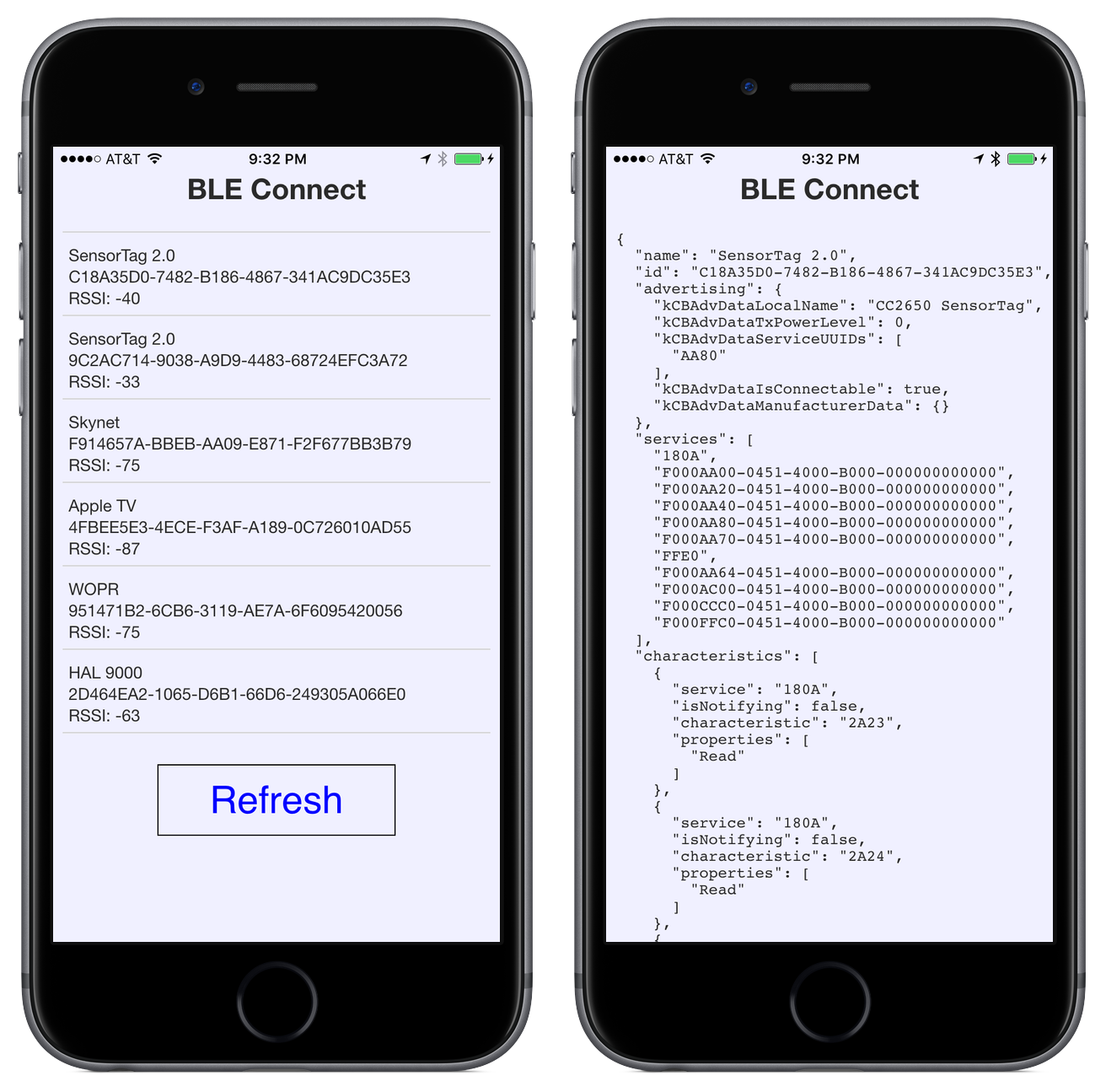

With a 1Hz sample rate RSSI values were sampled. Another bluetooth device was placed at various distances from the beacon and acted as a recording device. For this plot, a bluetooth device was set up as a iBeacon to continuously broadcast its unique identifier. The received signal strength of a device is clearly influenced by distance but the amount of noise is substantial. In this article I will show you how to use RSSI measurements and, maybe even more important, to remove noise from the raw data using Kalman filters.įigure 1: RSSI measurements over time. While many researchers question the usability of RSSI measurements in general 1, I’ve used them extensively (and with success) for indoor localization purposes. As you can probably imagine: the larger the distance between you and the sender of a signal, the lower the signal strength will be. So what can we do with RSSI? Well, there is a relation between RSSI and distance (see also Figure 1). You will see the current RSSI of your connection (only when you are connected to a network!). Small Mac OS tip: Try clicking on your WiFi icon in the navbar while holding alt (or option in Mac OS terms). It can therefore be considered as a free input to a system. no additional sensors are required to measure RSSI values. The rationale behind using RSSI values is that almost all wireless systems report and use this value natively i.e. The higher the RSSI value, the higher the signal strength. The RSSI value resembles the power of a received radio signal (measured in dBm). If you have heard about iBeacons or indoor localization before, then you have probably also heard about RSSI: the Received Signal Strength Indicator.


 0 kommentar(er)
0 kommentar(er)
